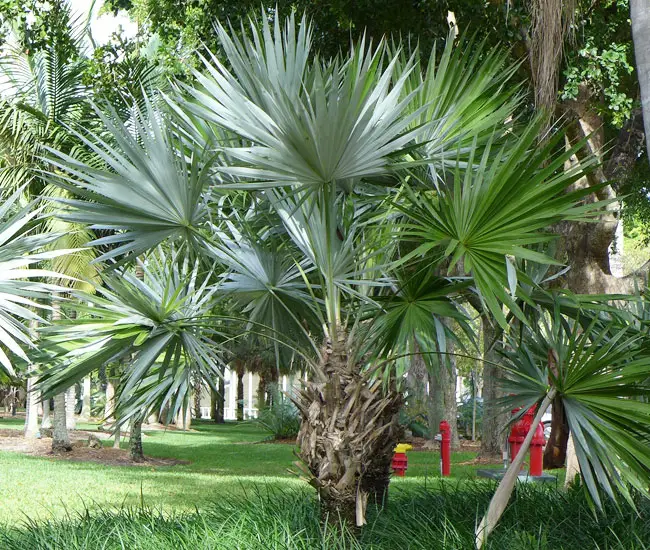
The Key Thatch Palm Tree, scientifically known as Thrinax morrisii or Leucothrinax morrisii, stands as an endangered species, yet it proves remarkably easy to cultivate and maintain.
This palm exhibits an impressive ability to adapt to a diverse range of environmental conditions, making it a valuable addition to any landscape. It is often planted as a solitary specimen or in clusters of three, serving to accentuate various areas.
Moreover, it can be elegantly employed as an entryway palm, enhancing the aesthetic appeal of a building’s front door.
Native to the Bahamas, Cuba, Haiti, Puerto Rico, Navassa Island, Anguilla, Barbuda, and notably, one of the few palms native to Florida, the Key Thatch Palm boasts distinct identifying features.
Quick Facts:
| Scientific name: | Thrinax morrisii or Leucothrinax morrisii |
| Common names: | Key Thatch Palm, Peaberry palm, Sea Thatch Palm, Blue Thatch Palm. |
| Origin: | Native to the Florida Keys, the Bahamas, Cuba, Haiti, Puerto Rico, Navassa Island, Anguilla, and Barbuda. |
| Growth Rate: | Slow to Moderate. |
| Cold Tolerance: | USDA Zones 10a (30 – 35 F) to 11 (above 40 F). |
| Light Req: | Partial shade to Full sun. |
| Water Req: | Moderate. |
| Soil Req: | Widely adaptable. |
| Fruit: | Yes. Yellow. |
| Propagation: | By seeds. |
Characteristics of the Key Thatch Palm
This palm presents a single, sleek trunk crowned with palmate or fan-shaped fronds, each of which grows on petioles measuring between 1 and 3 feet in length.
The leaves display a striking blue-green hue on their upper surface, while their undersides shimmer with a silvery-white sheen. The leaflets are slender, spanning approximately 1 to 2 feet in length.
Flowers and Fruits of the Key Thatch Palm
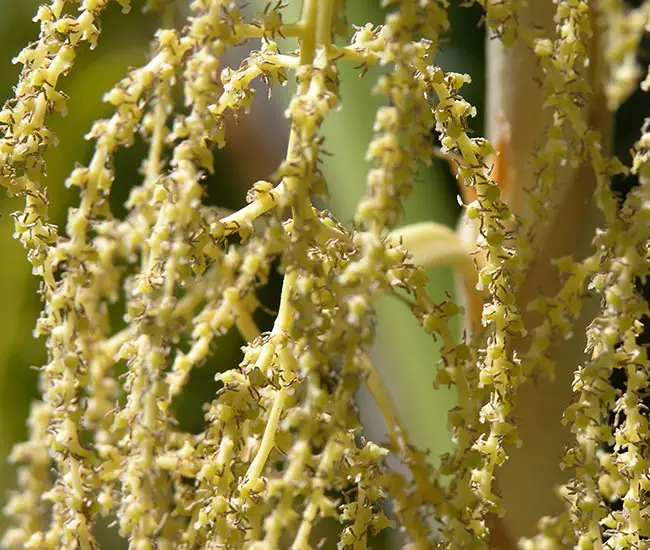
During the spring season, the Key Thatch Palm produces small, white, and seemingly insignificant flowers that emerge on inflorescences measuring 2 to 3 feet in length, extending beyond the leaves.
These delicate blooms give way to petite, round, fleshy white fruits, which gradually transition to a vibrant yellow as they ripen.
Caring for the Key Thatch Palm
The Key Thatch Palm exhibits limited cold tolerance and can withstand temperatures down to 30°F. It thrives in regions falling within USDA Zones 10a (with temperatures ranging from 30 to 35°F) to 11 (above 40°F). This palm fares well in partial shade or full sun exposure.
It displays an impressive capacity to adapt to various soil conditions, including clay, sand, loam, alkaline, and acidic soils. Similar to most palm species, it flourishes in moist, well-drained soil, while also demonstrating resilience to drought conditions.
To maintain its health and prevent nutritional deficiencies, it is recommended to apply a high-quality palm fertilizer with a continuous-release formula twice a year during the growing season.
Propagation of the Key Thatch Palm is primarily achieved through seeds. It is advisable to propagate these seeds in a mixture comprising moist peat and perlite for optimal results.
Key Thatch Palm Pictures
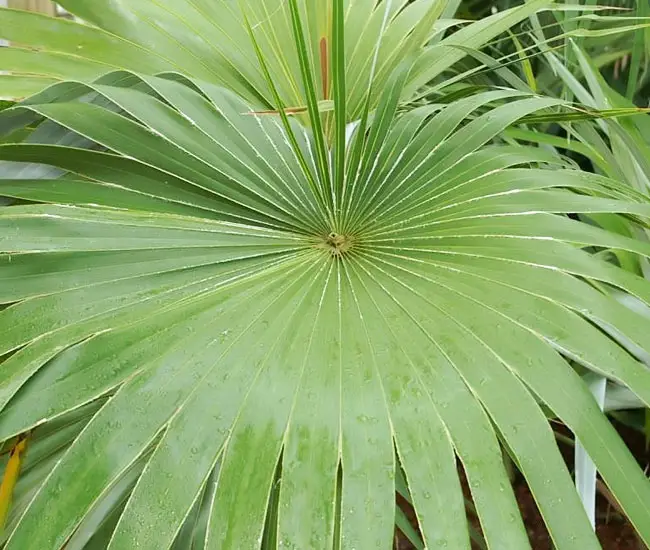
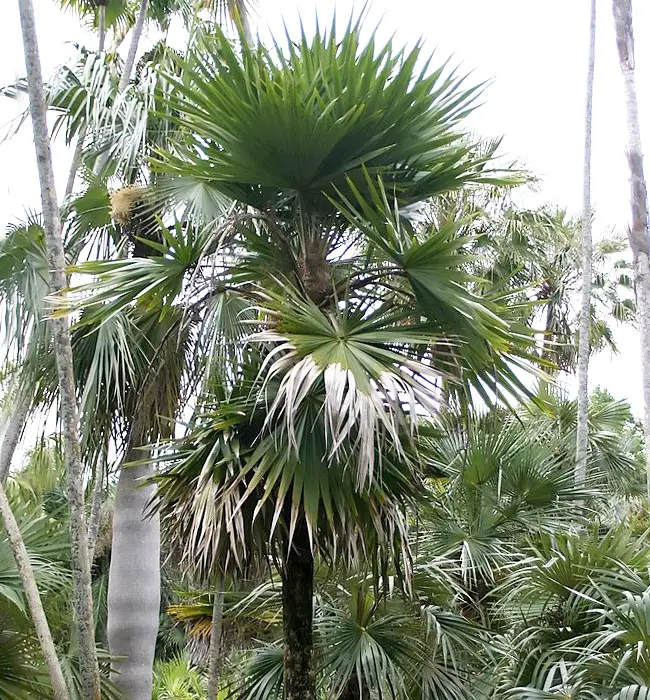
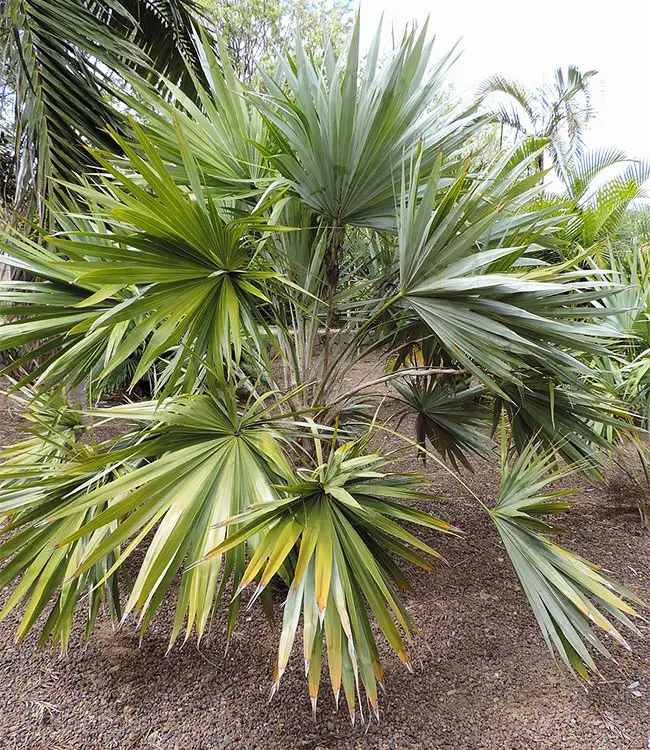
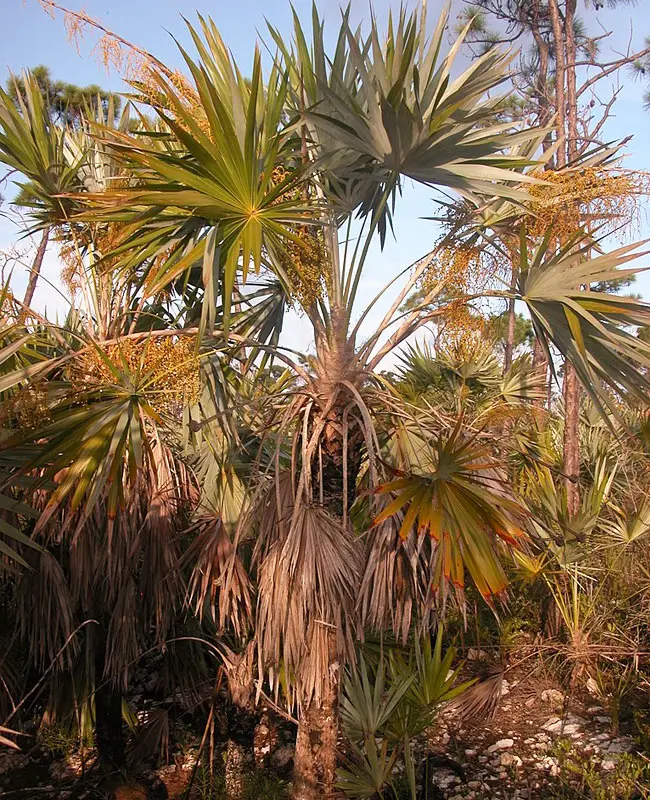
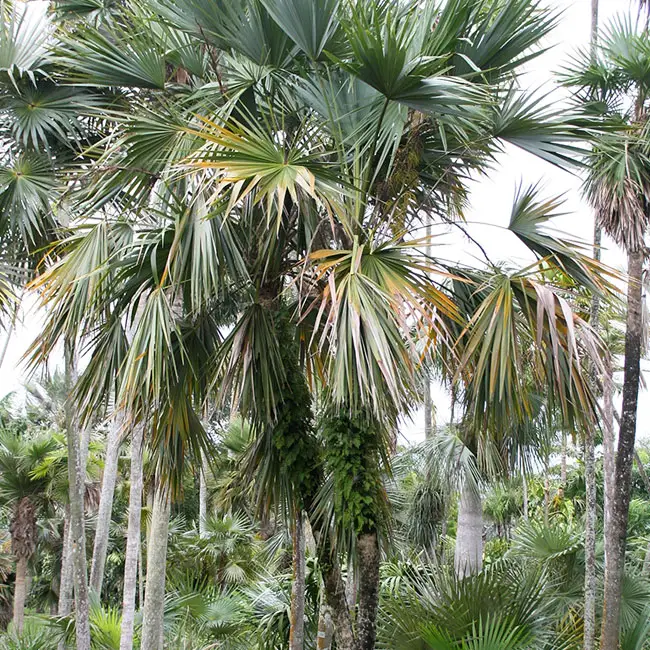
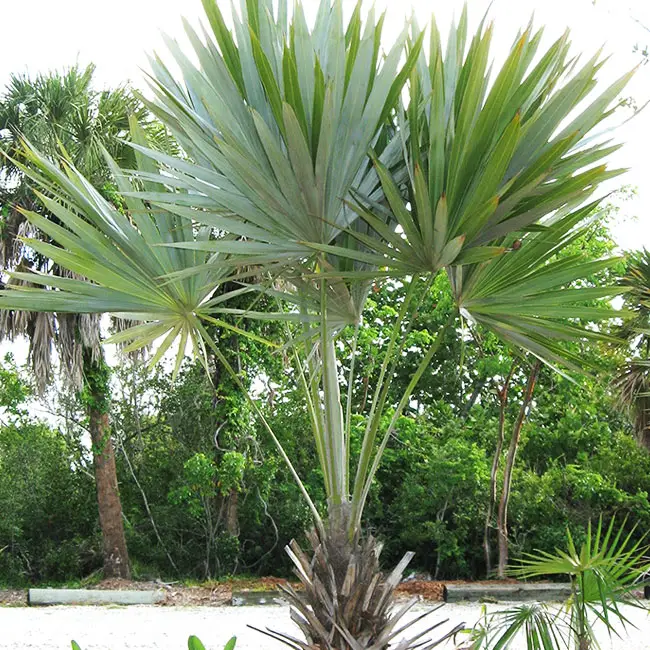
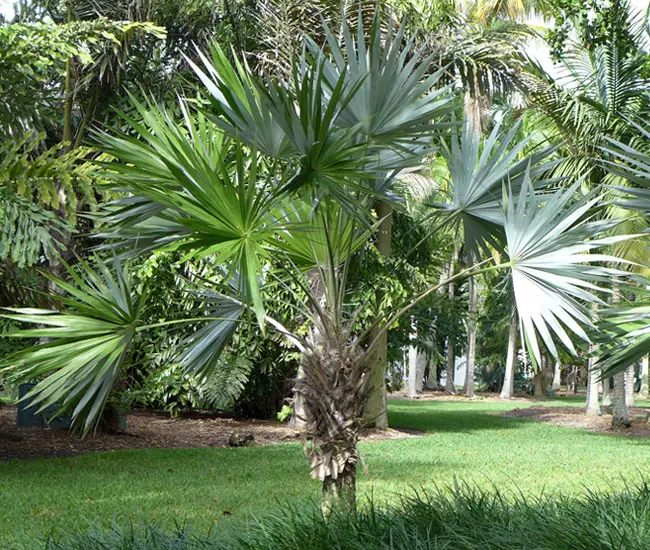
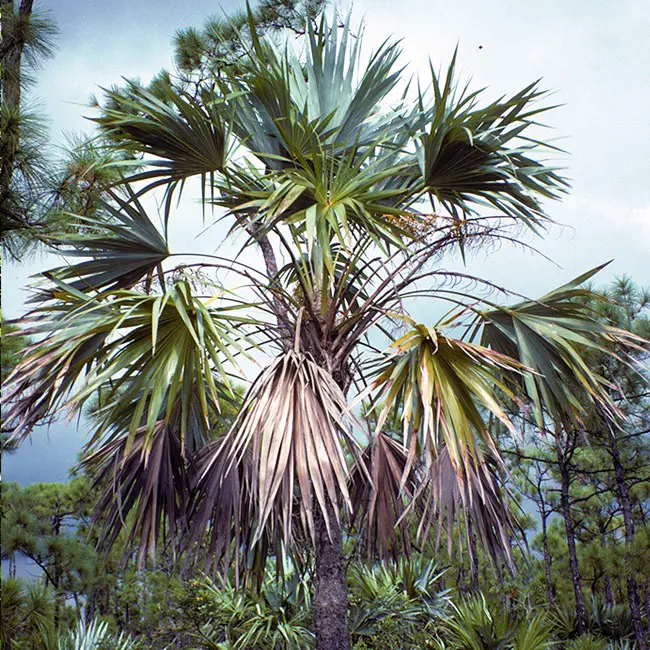
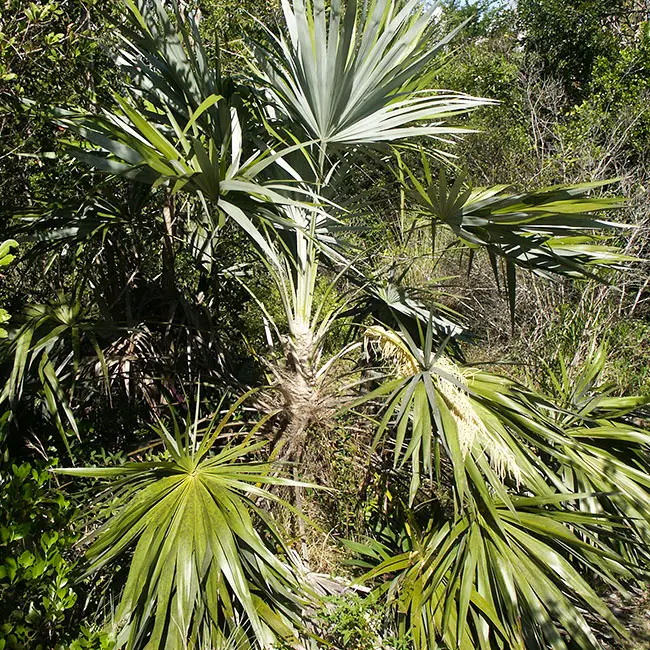
More information can be found on EDIS site.
